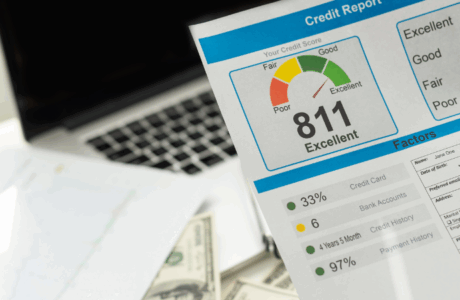As their names suggest, a 15-year mortgage is structured to be paid off in 15 years, and a 30-year mortgage is designed to be paid off in 30 years. But their differences go deeper. Let’s look at them.
15-Year Mortgage at a Glance
While not always the case, 15-year mortgages tend to have lower interest rates because they’re less risky for lenders. As the borrower has mortgage payments for half the time compared to a 30-year mortgage, they pay less interest overall. But the shorter repayment time means that monthly payments are higher with 15-year mortgages.
30-Year Mortgage at a Glance
The most common kind of home loan, a 30-year mortgage has a comparatively low monthly payment. But it usually costs more in the long run compared to a 15-year mortgage because the borrower pays more in interest. This is due to the longer repayment time and possibly because of a higher interest rate that a borrower might have compared to a 15-year loan. Both 30-year and 15-year mortgages can have either fixed or variable interest rates.
Take Taxes Into Consideration
As interest is calculated using a loan’s balance, a borrower with a 30-year mortgage will pay more interest every year. But that interest is often tax deductible (talk to your tax preparer for information about your scenario), and so borrowers with 30-year mortgages will get larger interest deductions every year. Of course, any tax savings should be viewed through the lens that the deductions are higher because the borrowers are paying more interest over the life of the loan.
When should you consider a 15-year mortgage?
For those who can afford higher monthly payments, 15-year mortgages are excellent ways to build home equity more quickly, accumulating savings in the form of an asset. A 15-year mortgage might also mean faster refinancing, and a faster ability to take out cash for things like home renovations and more.
When should you consider a 30-year mortgage?
Homebuyers with tighter budgets often choose 30-year mortgages because they can more easily afford the monthly payments. But even people who can handle higher payments may choose 30-year mortgages, and put the monthly cash they save to good use. This could mean investments in stocks or real estate, or just building up savings for peace of mind. And bear in mind, if a mortgage has no prepayment penalty, a borrower could take out a 30-year mortgage and still pay it off in 15 years by making larger monthly payments regularly, or a one time lump sum payment.
Whether you choose a 15-year or 30-year mortgage, First United is here with a wide range of Texas mortgage programs. Give us a call at (972) 591-3097.


































Comments are closed.